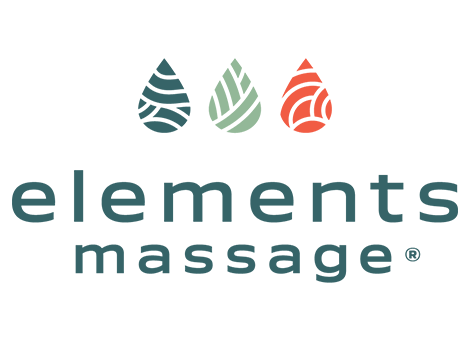The Therapeutic Effect of Monthly Massage on Relieving Cramped Muscles
Muscle cramps are common and can result from a variety of factors including dehydration, muscle strain, and electrolyte imbalances. Cramps often manifest as a sudden, sharp, or intense pain in a muscle that feels hard or tight to touch. Monthly massage therapy has been identified as an effective approach for relieving muscle cramps, promoting relaxation, and preventing muscle tension (Field, 2010).
How Massage Therapy Can Relieve Cramped Muscles
Massage therapy can mitigate muscle cramps through the following mechanisms:
-
Increased Blood Circulation: Massage therapy improves circulation, delivering oxygen-rich blood and vital nutrients to the muscles while flushing out waste products. This exchange process can alleviate muscle cramping by reducing lactic acid buildup that often contributes to muscle cramps (Crane et al., 2012).
-
Muscle Relaxation: Massage therapy directly applies pressure to the muscles, releasing tension, and relaxing the muscles. This release of tension can help to alleviate muscle cramps (Sherman, 2014).
-
Stimulation of the Nervous System: Massage therapy can stimulate the nervous system, particularly the parasympathetic nervous system (PNS), which is responsible for relaxation and recovery responses. The activation of the PNS can further contribute to muscle relaxation and relief from cramping (Diego & Field, 2009).
Scientific Evidence on Massage Therapy and Muscle Cramps
Research supports the beneficial effects of massage on muscle cramps. For example, Hopper et al. (2006) investigated the effect of massage on muscle cramps in athletes and found that massage was effective in reducing the intensity of muscle cramping.
Another study by Zainuddin et al. (2005) revealed that massage therapy performed after eccentric exercise reduced perceived muscle pain and improved muscle strength and function.
Additionally, a study by Field et al. (2002) found that massage therapy enhanced recovery in athletes by reducing pain and promoting muscle relaxation. The study participants experienced fewer muscle cramps and spasms following a massage intervention.
References
- Crane, J. D., Ogborn, D. I., Cupido, C., Melov, S., Hubbard, A., Bourgeois, J. M., & Tarnopolsky, M. A. (2012). Massage therapy attenuates inflammatory signaling after exercise-induced muscle damage. Science Translational Medicine, 4(119), 119ra13.
- Diego, M. A., & Field, T. (2009). Moderate pressure massage elicits a parasympathetic nervous system response. International Journal of Neuroscience, 119(5), 630-638.
- Field, T., Hernandez-Reif, M., Diego, M., Schanberg, S., & Kuhn, C. (2002). Athletes With Exercise-Induced Anxiety Benefit From Massage. Athletic Therapy Today, 7(3), 12-14.
- Hopper, D., Conneely, M., Chromiak, F., Canini, E., Berggren, J., & Briffa, K. (2006). Evaluation of the effect of two massage techniques on hamstring muscle length in competitive female hockey players. Physical Therapy in Sport, 7(3), 105-113.
- Sherman, K. J. (2014). Guidelines for developing yoga interventions for randomized trials. Evidence-Based Complementary and Alternative Medicine, 2014.
- Zainuddin, Z., Newton, M., Sacco, P., & Nosaka, K. (2005). Effects of massage on delayed-onset muscle soreness, swelling, and recovery of muscle function. Journal of Athletic Training, 40(3), 174-180.

